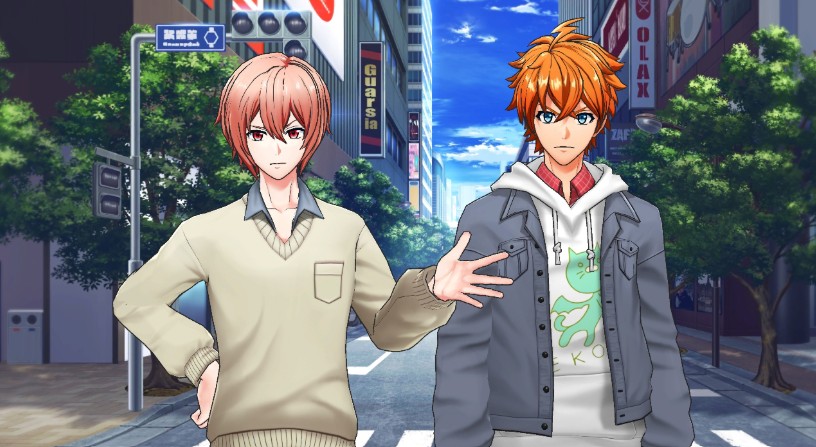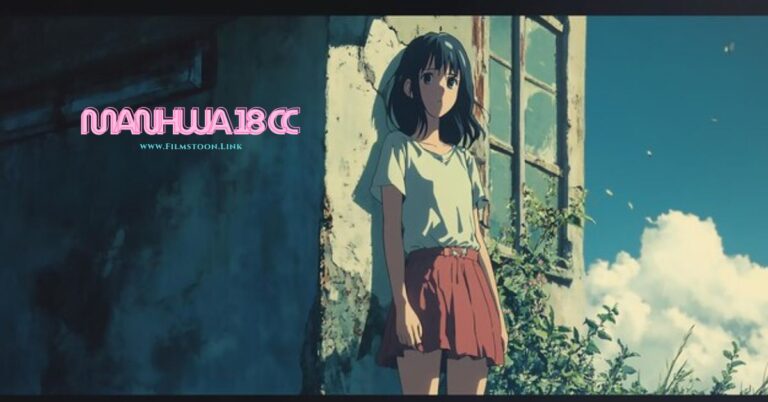Futanari manga has carved a unique niche in the vast world of comics and graphic novels. What once started as a subculture fascination is now gaining traction, captivating audiences across different demographics. This genre, which features characters with both male and female anatomical traits, challenges traditional norms and invites readers into a realm filled with creativity and exploration.
As we delve into the evolution of futanari manga, we’ll uncover its origins, its transition from obscurity to popularity, and how it has woven itself into the fabric of pop culture today. Whether you’re a seasoned fan or just curious about this intriguing genre, there’s much to discover in this fascinating journey! Let’s explore how futanari manga transformed from an underground phenomenon to an engaging staple for many enthusiasts around the globe.
The Origins of Futanari Manga
Futanari manga traces its roots deep into the rich history of Japanese culture, where gender fluidity has been explored for centuries. Early artistic expressions in ukiyo-e often depicted androgynous figures that challenged conventional notions of masculinity and femininity. This laid the groundwork for more explicit interpretations.
Emerging in the late 20th century, futanari transformed from subtle hints to a bold genre all its own. Artists began pushing boundaries with characters who embodied both male and female traits, captivating audiences with their unique allure. The mix of fantasy and sexuality created an instant connection with fans seeking something different.
As technology advanced, so did accessibility. With the rise of the internet, futanari gained traction among niche communities. What was once underground became a vibrant movement fueled by creativity—and curiosity—setting the stage for what was to come next in this fascinating journey.
Futanari Manga: A Niche Genre
Futanari manga has emerged as a fascinating niche within the vast world of comics and graphic novels. This genre uniquely blends elements of fantasy, sexuality, and gender fluidity. Characters who embody both male and female traits capture the imagination in ways traditional narratives often don’t.
Fans are drawn to its bold storytelling and diverse character designs. The art style can range from whimsical to hyper-realistic, making every story feel fresh. Readers appreciate how futanari challenges conventional norms surrounding gender representation.
Despite its niche status, it thrives on community support through online platforms. Enthusiasts share their favorite works and engage in lively discussions about themes that resonate deeply with them. It’s this camaraderie that helps keep the genre alive while inviting curious newcomers into the fold.
Exploring Futanari Themes in Manga
Futanari manga dives into a world where fantasy meets fluidity. This genre often explores themes of identity, desire, and the breaking of traditional gender roles. Characters can embody both masculine and feminine traits, creating unique narratives that challenge societal norms.
The allure lies in these intriguing character dynamics. Readers are drawn to stories filled with transformation, self-discovery, and sensual exploration. Futanari characters navigate relationships that blur boundaries, leading to captivating plotlines rich with tension and excitement.
Moreover, these themes resonate across various subgenres within manga—romance, adventure, even comedy! Fans appreciate how futanari stories offer not just visual stimulation but also deeper conversations around sexuality. It’s a playground for creativity where limits dissolve under the weight of imagination and narrative freedom.
A Rising Trend: Futanari Manga’s Journey to Mainstream
Futanari manga has experienced an incredible transformation over the years. What was once a niche interest has exploded into a vibrant subculture that keeps gaining traction. Fueled by online communities and social media, fans now share their love for this unique genre like never before.
As conventions continue to embrace diverse offerings, futanari manga finds itself showcased alongside traditional genres. This visibility introduces newcomers to its themes, inviting curiosity and exploration. Suddenly, what was hidden away in dark corners of the internet is becoming part of mainstream discussions.
Major platforms are taking notice too—streaming services have begun licensing titles and publishing houses are releasing anthologies featuring notable works. It’s thrilling to see how this bold genre captures imagination beyond its original audience while inspiring artists globally!
Impact on Pop Culture
Futanari manga has made waves far beyond its initial niche, infiltrating pop culture in unexpected ways. From memes to cosplay, the genre’s distinct characters and scenarios have sparked creativity across various platforms. Fans showcase their favorite futanari figures at conventions, blending traditional anime fandom with a unique twist.
Social media plays a massive role in this cultural shift. Platforms like Twitter and TikTok teem with fan art, discussions, and even humorous takes on futanari themes. The playful banter around these topics creates an inclusive space for fans to express themselves freely.
Mainstream artists are also taking notice. Elements of futanari can be spotted in popular shows and comics, pushing boundaries and challenging conventional norms of gender representation. As it continues to inspire creators worldwide, the influence of futanari manga is undeniably strong—and growing stronger by the day!
Diversity in Futanari Manga
Futanari manga is a playground of creativity, where diverse characters come to life in unexpected ways. Artists and writers push boundaries by showcasing a whirlwind of identities, body types, and personalities. It’s not just about the fusion of male and female traits; it’s an exploration of fluidity that captivates readers.
The beauty lies in its representation. You’ll find everything from muscular warriors to cute schoolgirls reimagined as futanari heroes or heroines. This variety breathes fresh air into traditional tropes, making each story unique and engaging for fans across the spectrum.
Moreover, cultural influences shine through in these narratives. Different backgrounds lend depth to character development and themes explored within the stories themselves. Diversity isn’t merely an afterthought; it’s woven into the fabric of futanari manga, enriching both plots and reader experiences alike.
Cultural Interpretations of Futanari Manga
Futanari manga offers a unique glimpse into the blend of gender and sexuality across cultures. In Japan, it’s often embraced as an exploration of eroticism and fantasy, pushing boundaries that challenge traditional norms. This genre allows readers to indulge in narratives that blur lines—creating characters who defy easy categorization.
In contrast, Western interpretations can vary widely. Some view futanari through a critical lens, focusing on issues of objectification or fetishization. Others celebrate its imaginative qualities, reveling in stories where gender fluidity is not just accepted but celebrated.
The global appeal lies in its ability to spark conversations about identity and desire. As cultural exchanges continue to shape our understanding of these themes, futanari manga remains at the forefront—a provocative exploration reflecting society’s evolving views on gender roles and relationships.
Futanari Manga’s Representation in Mainstream Media
Futanari manga has danced its way into the spotlight of mainstream media, surprising many along the journey. Once tucked away in niche corners, these unique stories are now popping up in various formats—anime, games, and even merchandise. The vibrant blend of gender fluidity captures attention and sparks curiosity among fans old and new.
Producers have started to recognize this rising trend. They’re weaving elements of futanari into larger narratives, creating a captivating fusion that challenges traditional tropes. Characters with both male and female traits add layers to storytelling that resonate deeply with diverse audiences.
Fans revel in seeing their favorite themes embraced by popular culture. It’s not just about explicit content; it’s about exploring identity and breaking boundaries. Futanari is no longer just an underground phenomenon—it’s becoming part of a broader conversation on representation!
Conclusion
Futanari manga has undeniably carved out its own unique space in the vast world of comics. What started as a niche genre has blossomed into a vibrant cultural phenomenon, captivating audiences around the globe. With its imaginative storytelling and bold themes, it dares to explore concepts that push boundaries.
As creators embrace this art form, fans are treated to an array of diverse narratives that challenge traditional norms. The allure lies not only in the characters but also in their complex relationships and emotional depth. Each story unfolds like a rich tapestry, drawing readers deeper into fantastical worlds.
The journey doesn’t end here; it’s just beginning! As Futanari manga continues to evolve, who knows what exciting twists and turns lie ahead? Keep your eyes peeled—this genre is ready for even more adventures!
Read More Articles On Our Site!







